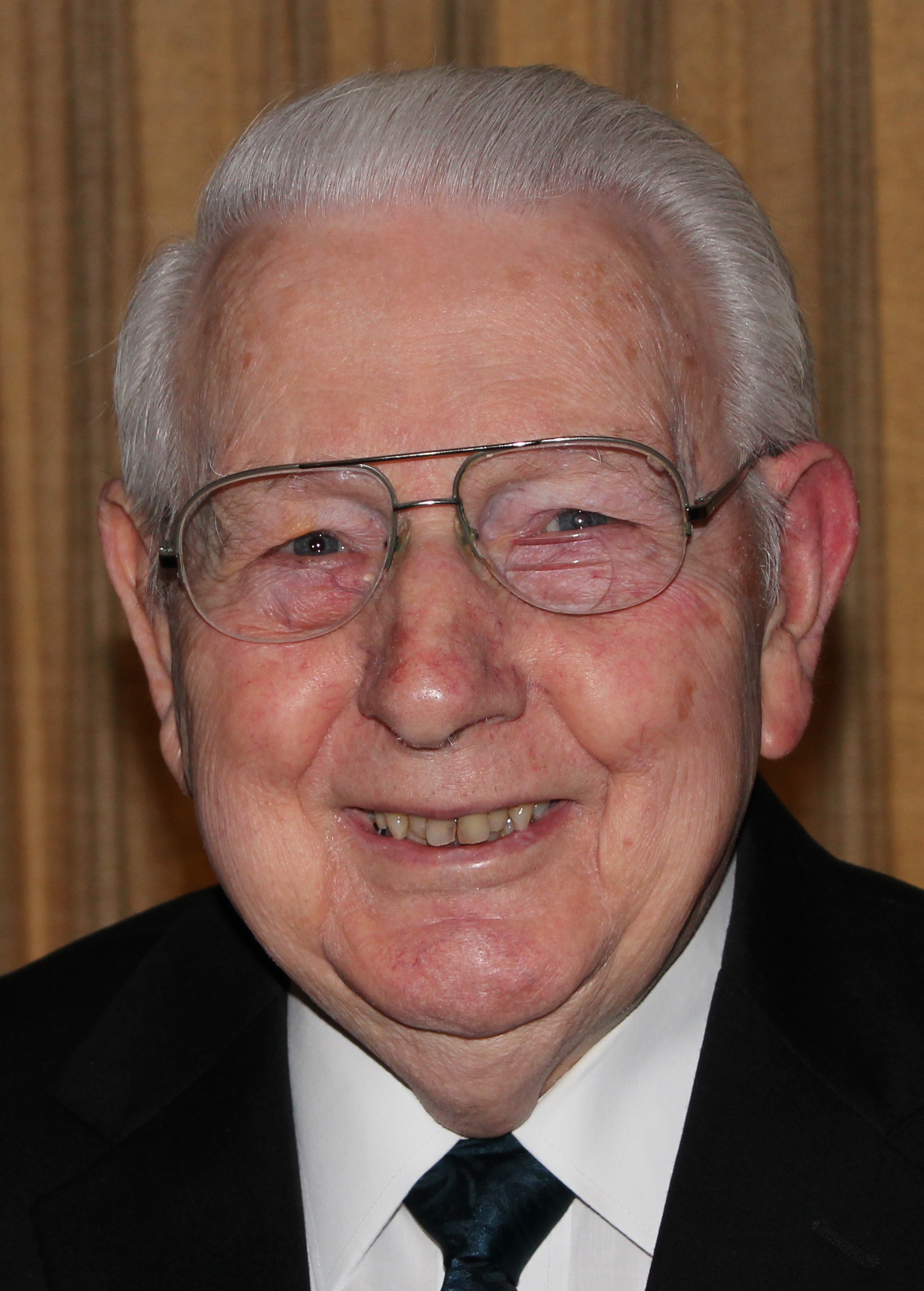 July 29, 2015 (Wednesday)
July 29, 2015 (Wednesday)
We are studying the book of Acts on Wednesday evenings at Bethel Baptist Church of Ingleside. Last week I wrote a blog about the study that evening, but the study did not take place, so last week’s blog is about tonight’s study.
“How many letters did Paul write that became books of our New Testament?” The answer is 13, written over a period of 16 years. Where and why did he write each of them? Here they are, in the order in which he composed them.
Paul wrote 1 THESSALONIANS and 2 THESSALONIANS while on his second missionary journey in Corinth in 51 A.D. These two letters answered questions in letters from the Christians in Thessalonica concerning the fate of their Christian loved ones who had died. In essence, the answer from Paul is simple: “Don’t worry. God has it all under control, and it’s all going to turn out better than any of us could have imagined.” Upon his return to his home base in Antioch of Syria, in 53 A.D., he wrote an emotional letter to the GALATIANS who were being misled by false teachers to think they were saved by keeping the Law instead of believing in Jesus.
He then embarked on his third journey and spent over two years in Ephesus, from which he wrote to the Corinthians (1 CORINTHIANS) encouraging them to leave their lives of carnality and move on to genuine spirituality. A riot in Ephesus threatened Paul’s life, so his friends convinced him to leave. He went to Macedonia, where he continued to correspond with the church at Corinth (2 CORINTHIANS) and actually went to Corinth in person, where he remained for several months in 56 A.D., during which time he wrote the great encyclical on Justification by Faith, the Book of ROMANS.
Upon his return to Jerusalem, he was arrested and eventually imprisoned in Rome, 60 A.D. to 62 A.D., where he wrote PHILIPPIANS, thanking the believers in Philippi for their gifts, and praising God for the privilege of serving Jesus. He then wrote PHILEMON, urging him to forgive his runaway slave. While imprisoned, he wrote EPHESIANS and COLOSSIANS, both masterpieces which exalt Christ our Savior.
After being released from Roman imprisonment, he wrote 1 TIMOTHY and TITUS, encouraging the two young preachers as they worked in churches.
After four years of freedom and continued mission work, he was arrested again and condemned to death. Before his execution, he wrote 2 TIMOTHY, in 67 A.D., encouraging Timothy to keep the faith and thanking God for giving him (Paul) a life of gospel proclamation. He was beheaded by Nero in 68 A.D. In his last letter, he said, “I have fought the good fight, I have finished the race, I have kept the faith.”
He then embarked on his third journey and spent over two years in Ephesus, from which he wrote to the Corinthians (1 CORINTHIANS) encouraging them to leave their lives of carnality and move on to genuine spirituality. A riot in Ephesus threatened Paul’s life, so his friends convinced him to leave. He went to Macedonia, where he continued to correspond with the church at Corinth (2 CORINTHIANS) and actually went to Corinth in person, where he remained for several months in 56 A.D., during which time he wrote the great encyclical on Justification by Faith, the Book of ROMANS.
Upon his return to Jerusalem, he was arrested and eventually imprisoned in Rome, 60 A.D. to 62 A.D., where he wrote PHILIPPIANS, thanking the believers in Philippi for their gifts, and praising God for the privilege of serving Jesus. He then wrote PHILEMON, urging him to forgive his runaway slave. While imprisoned, he wrote EPHESIANS and COLOSSIANS, both masterpieces which exalt Christ our Savior.
After being released from Roman imprisonment, he wrote 1 TIMOTHY and TITUS, encouraging the two young preachers as they worked in churches.
After four years of freedom and continued mission work, he was arrested again and condemned to death. Before his execution, he wrote 2 TIMOTHY, in 67 A.D., encouraging Timothy to keep the faith and thanking God for giving him (Paul) a life of gospel proclamation. He was beheaded by Nero in 68 A.D. In his last letter, he said, “I have fought the good fight, I have finished the race, I have kept the faith.”

Blog edited and republished from July 31, 2009
